May 20, 2025 | 22:43 GMT +7
May 20, 2025 | 22:43 GMT +7
Hotline: 0913.378.918
May 20, 2025 | 22:43 GMT +7
Hotline: 0913.378.918
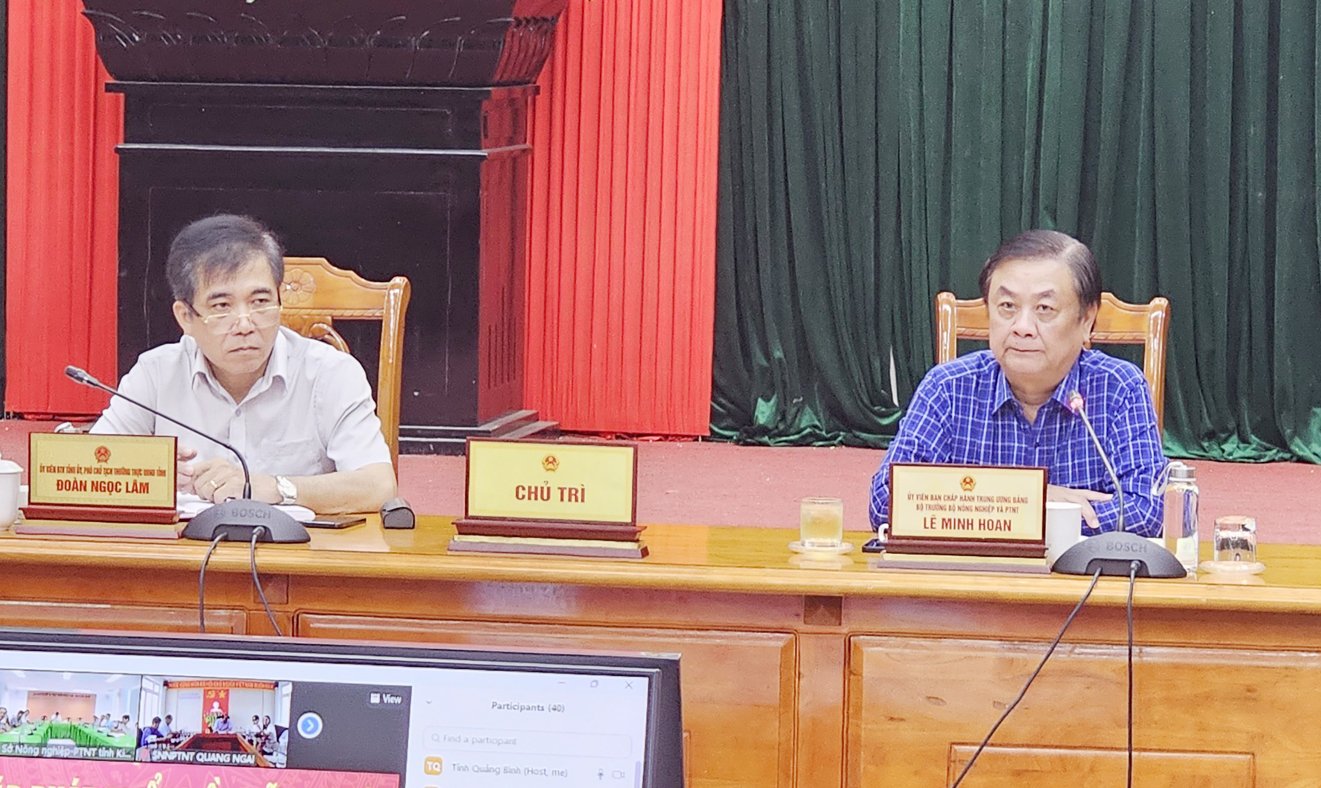
Minister Le Minh Hoan (right) chaired an online meeting at Quang Binh bridge point. Photo: N.Tam.
On August 26, MARD held an online and offline meeting with 28 coastal provinces and localities to debate solutions for the development of sustainable fisheries and the fight against illegal, unreported, and unregulated fishing in Quang Binh. Minister of Agriculture and Rural Development Le Minh Hoan hosted the ceremony from the Quang Binh bridge.
Vietnam will have over 86,000 fishing vessels by August 2023. There are 14,424 unregistered fishing vessels in addition to 71,706 registered fishing vessels and one vessel that entered the national fishing base (VNFishbase).
Aquaculture has attained a total output of 2.85 million tons and a total area of 1.16 million hectares. The value of exports is anticipated to reach USD 4.95 billion.
Vietnam is expected to increase the number of fishing grounds from 125 to 172 in the near future while reducing the number of fishing vessels to 83,000. By 2025, it is anticipated that the marine aquaculture area will reach 280,000 hectares with 10 million cubic meters of aquaculture cages and will meet the objectives of origin management and traceability for all harvested and aquacultured marine seafood.
Minister Le Minh Hoan stated that the eradication of the IUU yellow card is not the ultimate goal, but rather the preservation of the ocean's reserves and biodiversity. Consequently, communities focus on transforming the careers of fishermen. For fishers who harvest inland seafood to transition to aquaculture and coordinate an effective marine co-management model.
The purpose of this conference is to restructure the fishing industry, shifting from unsustainable ocean exploitation to sustainable fisheries growth. The Minister emphasized the importance of restructuring into a fishery-fisherman-fishing site strategy.
According to Mr. Vu Duyen Hai, Head Official of Seafood Exploitation at the Department of Fisheries, in order to effectively implement the transformation, the department has devised a plan to assist fishermen in transitioning from exploitation to cultivation.
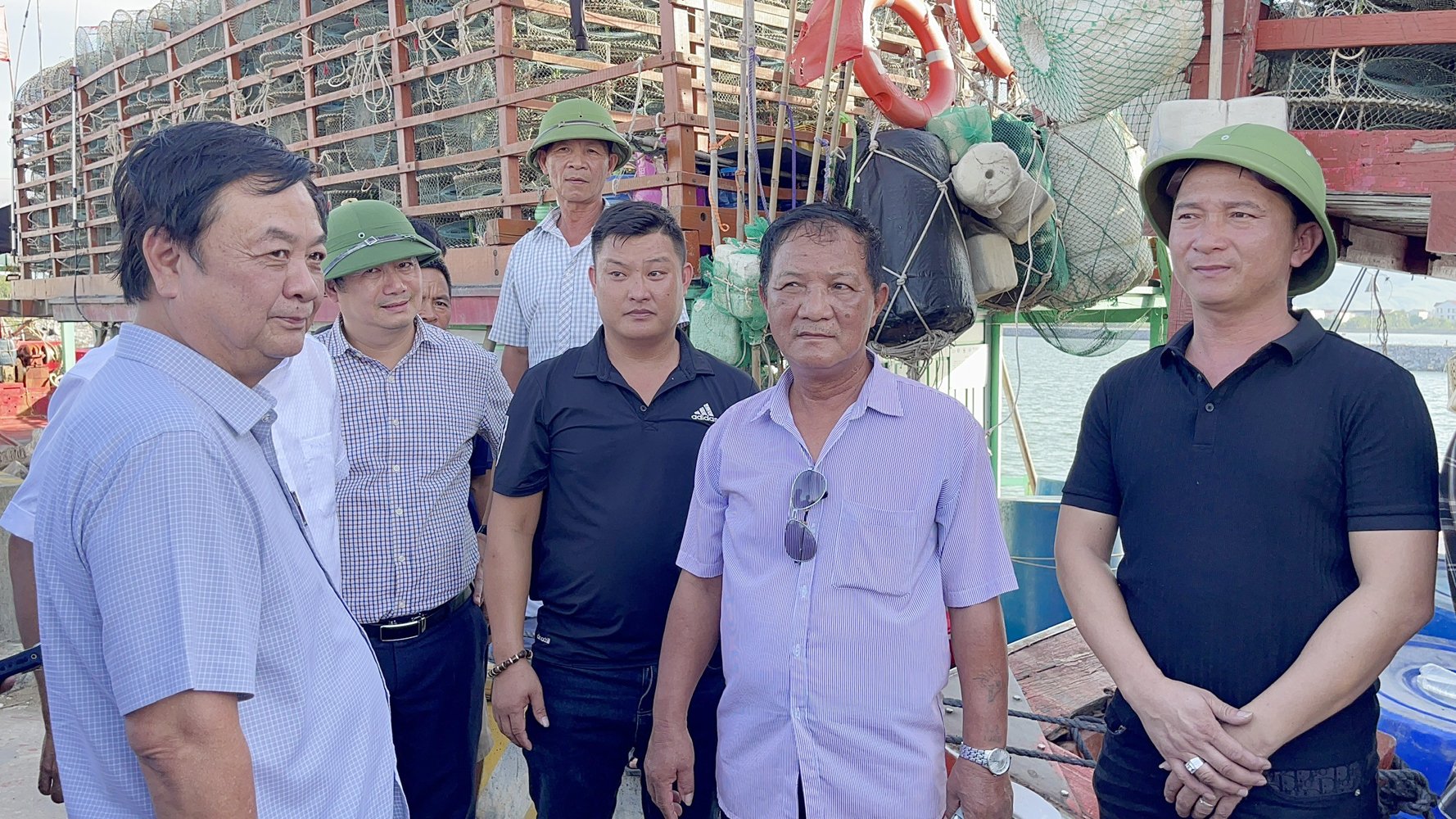
Minister Le Minh Hoan visits fishermen in Bao Ninh commune (Dong Hoi city). Photo: N.Tam.
Mr. Nguyen Quang Hung, Director of the Department of Fisheries Control (Ministry of Agriculture and Rural Development), stated that 15 provinces have currently established local fisheries surveillance forces. In terms of personnel and authority to manage administrative violations, however, the establishment of local fisheries surveillance still faces obstacles. The communities quickly consolidated and established local control over fisheries. In addition to patrolling, controlling, and handling administrative violations, this force plays a crucial role in the strategy for the development of sustainable fisheries.
At the meeting, numerous viewpoints were expressed regarding solutions for the sustainable development of the fisheries sector, such as altering professions, enhancing livelihoods, and raising fishermen's living standards. Restructuring the fisheries sector to reduce fishing and increase aquaculture, while assuring export expansion. Co-management, exploitation, and protection of aquatic resources, as well as the establishment of marine protected areas, will provide economic value and aid in the reduction of destructive fisheries. Implement synchronous solutions, combat IUU trawling aggressively, and quickly remove the "yellow card" for IUU.
Minister Le Minh Hoan emphasized at the meeting that, in addition to legal instruments, there are also community fortitude and economic resources in the solution for sustainable development of the fisheries sector and the fight against IUU fishing.
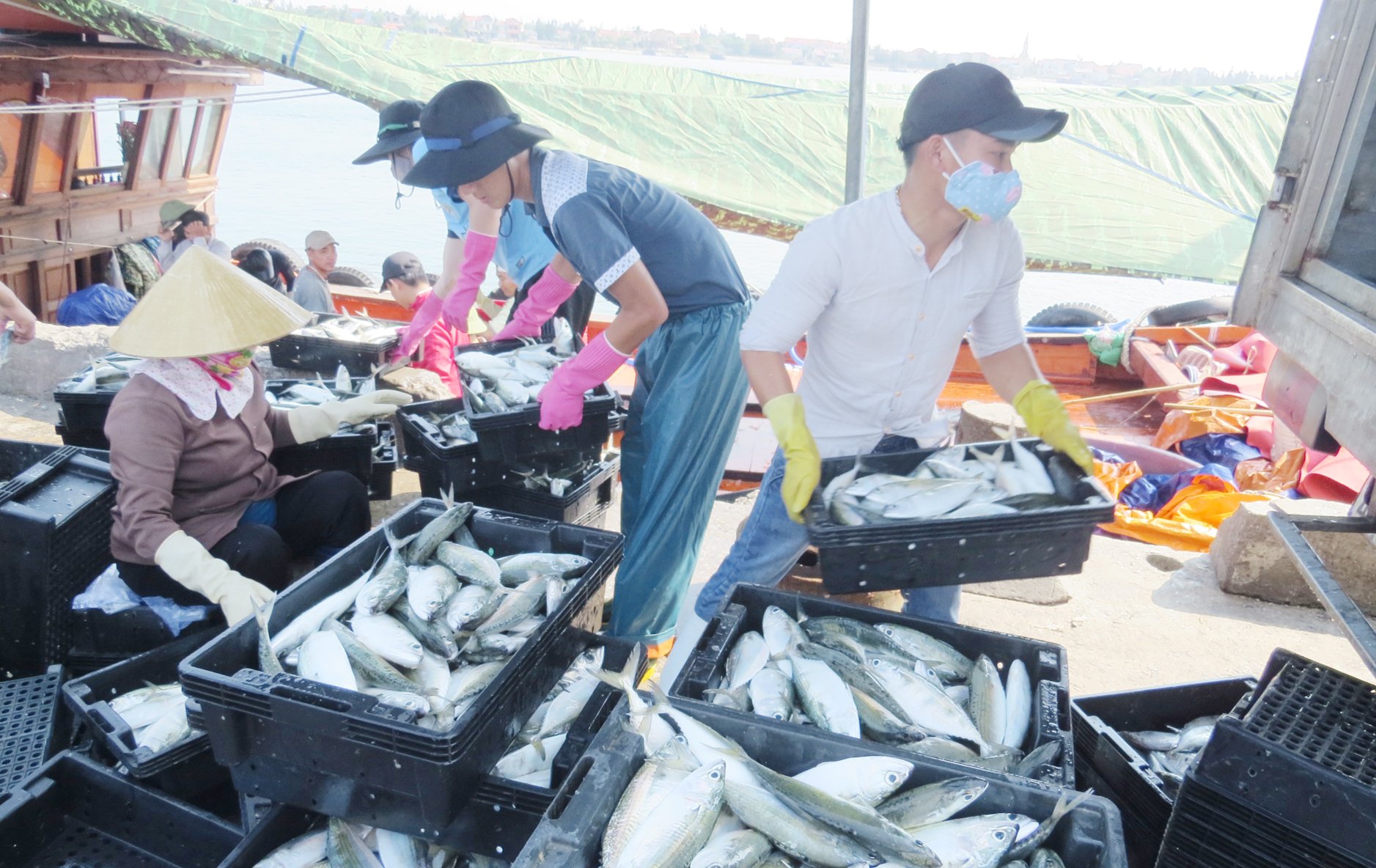
Fishing ports must become fully serviced places for fishermen. Photo: N.Tam.
The Minister stated that the topic of restructuring the fisheries industry in order to transition from unsustainable resource exploitation to sustainable fisheries economic development was discussed at the meeting. The ecosystem, including state management, the business community, and the fishery community, determines the equilibrium between exploitation, cultivation, and conservation.
Also according to Minister Le Minh Hoan, fishing facilities are vital in the struggle against IUU fishing and the sustainable development of the fisheries sector. How to connect all fishing terminals to the main port; investing in port modernization and expansion. A fishing port is not a place where ships embark and debark, but rather a hub for providing assurance services and a place for fishermen to rest, live, exchange, and gain knowledge.
Earlier this month, The Ministry of Agriculture and Rural Development (MARD) issued an urgent Official Telegram on urgently taking strong measures against IUU fishing, preparing for the 4th working session with the EC’s Inspection Delegation in October 2023.
Translated by Linh Linh

(VAN) Dong Thap farmers attained an average profit margin of 64% during the summer-autumn 2024 crop (first season), while An Giang and Kien Giang farmers followed with 56% and 54%, respectively.

(VAN) As a doctoral student doing research on renewable energy and electrification at Harvard University, the author shares his musings on electricity, nature, and countryside memories.

(VAN) The decree on Extended Producer Responsibility (EPR) ensures transparent management and disbursement of support funds, avoiding the creation of a “give-and-take” mechanism.

(VAN) Hue City rigorously enforces regulations regarding marine fishing and resource exploitation, with a particular emphasis on the monitoring of fishing vessels to prevent illegal, unreported, and unregulated (IUU) fishing.
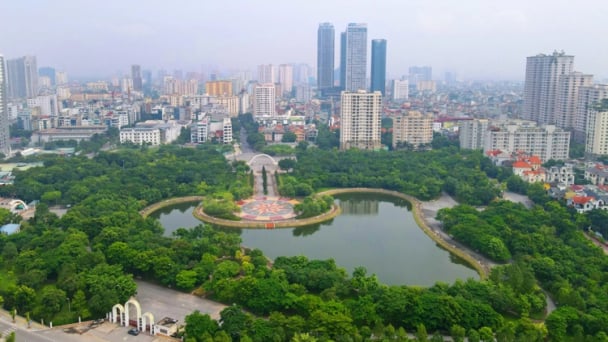
(VAN) Hanoi People's Committee has issued a plan on reducing greenhouse gas emissions in the waste management sector with 2030 vision.
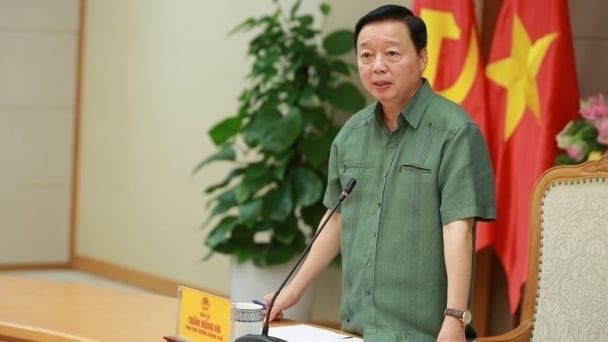
(VAN) Vietnam's draft amendment to Decree No. 156 proposes a mechanism for medicinal herb farming under forest canopies, linking economic development to population retention and the sustainable protection and development of forests.
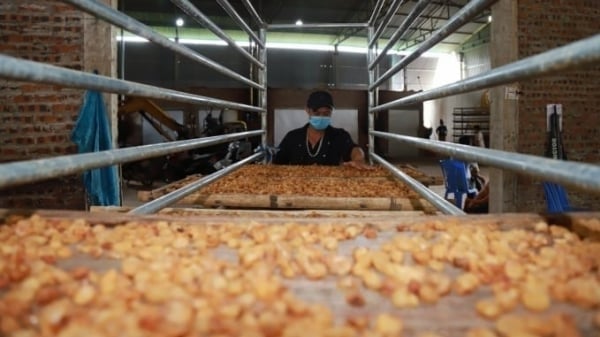
(VAN) In reality, many craft village models combined with tourism in Son La have proven effective, bringing significant economic benefits to rural communities.